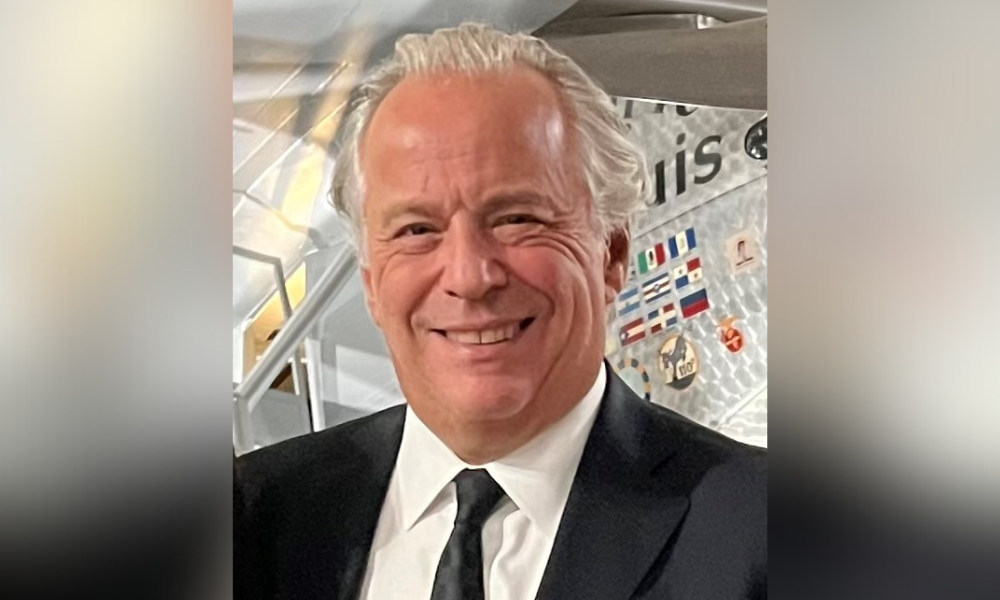Lending exec on the steps to ensure a productive experience for clients in the sector

The home flipping market may have seen profits slide in recent times as high interest rates and a cooler overall homebuying environment take their toll – but that’s not to say opportunities have completely dried up for brokers and would-be investors in the space.
Real estate analytics firm ATTOM showed that even despite a sizable drop in the number of single-family homes and condos being flipped across the US in 2023, there were still 308,922 units flipped. Meanwhile, gross profits on the average home flip fell by just over $4,000 despite the quieter market, dipping from $70,100 in 2022 to $66,000 last year.
Still, the regional outlook varies. In California, the fix-and-flip market is “alive and well,” according to the founder of a lender in the space, who advised brokers to do their homework before guiding clients toward a specific lending option.
Noah Furie (pictured top), of Insignia Capital Corp., told Mortgage Professional America that identifying lenders with a proven track record should be top of mind for brokers in the fix-and-flip sector. “I think what’s critical in any business, but specifically in the lending business, is to partner with people who have experience,” he said.
“So go to lenders who are willing to work with you and teach you what you need to know to be an effective broker and to service your clients.”
Detailed upfront information a key consideration for brokers and clients
As a general rule of thumb, presenting as comprehensive a rundown as possible of a borrower’s circumstances, goals, and financial situation is always a recommended step for brokers, and that’s equally the case in the fix-and-flip sector.
Furie said having information presented clearly up front increases the chance of a smooth lending process from beginning to end for the client. “With mortgage brokers, if they can give us a full picture of their borrower, what they’re trying to achieve and what their borrowers experience, credit, capital is – the more information we get, the better job we can do to size the deal and to have a successful outcome and get a transaction closed.”
While volumes in the space may have fallen since the onset of increasing interest rates in 2022, the market remains “robust” with professionals working in the sector still able to find good deals, according to Furie.
The biggest change is that investors are looking for a value-add, rather than a straightforward cleanup and light rehab. “They’re doing things like adding square footage, maybe adding a bedroom and a bath, adding an accessory dwelling unit [ADU],” Furie said. “But there’s still a fair amount of volume and people are exiting the properties with reasonable profits.”
How are banks viewing the fix-and-flip space in 2024?
Volatility in the wider market has seen banks adopt an increasingly cautious outlook to lending in general, a trend that’s also spilled over into the fix-and-flip space.
Increased scrutiny and reserve requirements after the high-profile collapse of a string of regional banks in 2023 have been key factors behind that growing reluctance by institutional lenders to commit to fix and flip.
That’s not to say they won’t get involved at some stage – for instance, through takeout loans and repositioning properties once the property has been stabilized. On the multifamily side, too, they’re often open to involvement at a later point. “A sponsor will come in and come to us [Insignia] or other people in our space on the small multi-families, maybe up to 15 units,” Furie explained, “and we’ll help them acquire the property and rehabilitate it.
“Once the building has been stabilized, that’s where the banks are really coming in to give them their long-term financing.”
The unpredictable outlook for the housing market in general has lingered for some time, with rates remaining high and little clarity over when the storm clouds will clear – but a recent dip in interest rates offers certain cause for optimism, according to Furie.
Homebuyers are getting a bit of relief as affordability conditions improved for the second consecutive month, according to the Mortgage Bankers Association (MBA).
— Mortgage Professional America Magazine (@MPAMagazineUS) July 25, 2024
Read more: https://t.co/kSqnJUypCa
He described himself as “bullish” on the market. Those falling rates in the conventional space, he said, “are going to make it easier for our customers who are buying properties to renovate and sell, to have their potential buyers qualify for loans and make more homeowners.
“I do think that there’s always things that we don’t know about,” he added, “but from everything we’re seeing, I expect the market to continue to be stable if not increase inactivity and value as we get through the end of 2024. There’s a lot of people entering the space to buy and rehab property, and we’re seeing a lot of success stories out there.”
Stay updated with the freshest mortgage news. Get exclusive interviews, breaking news, and industry events in your inbox, and always be the first to know by subscribing to our FREE daily newsletter.



